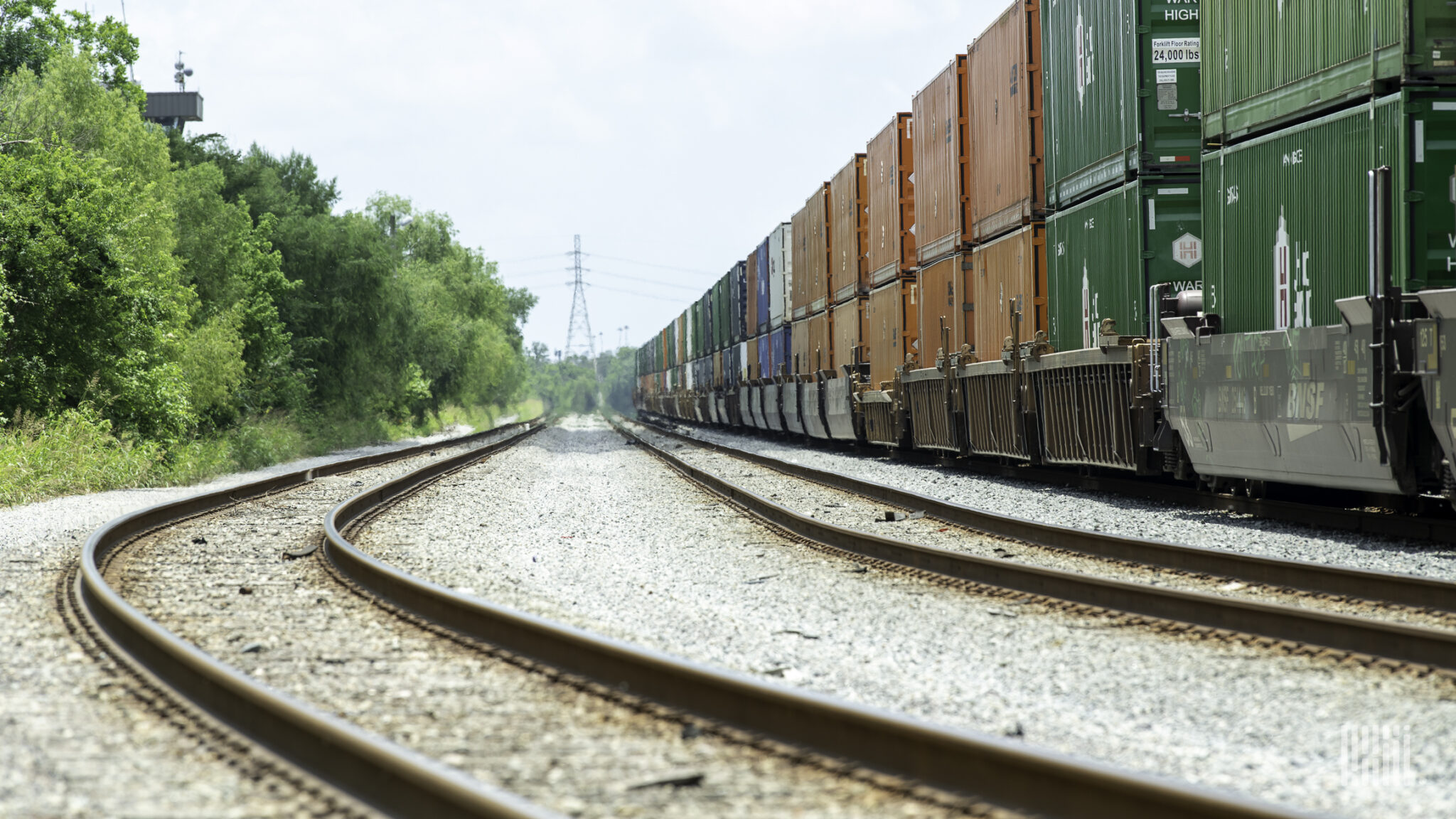Congestion persists at rail terminals servicing imports
Saturday, 28 August 2021

Chassis shortages and efforts to dig out containers at rail terminals continue to characterize the rail side of the U.S. import supply chain in some areas, according to customer advisories published this week by Maersk and Hapag-Lloyd.
Maersk is continuing to see “high impact” for rail operations serving facilities at Chicago, Cleveland, Atlanta and Memphis, Tennessee, because of chassis shortages.
For instance, at Memphis, a reduction in allocation per day at the rail ramps is resulting in issues with returning empty containers, Maersk said Thursday. But “to combat congestion,” BNSF (NYSE: BRK.B) has reopened a Memphis-area terminal in Arkansas that will receive trains arriving from Pier T at the Port of Long Beach, the company said. Maersk also said it is continuing to work with BNSF toward options to improve situations at inland facilities.
In Chicago, CSX (NASDAQ: CSX) is using the Forest Hill yard to address overflow at Bedford Park. CSX will move containers that have been at Bedford Park for over 10 days to Forest Hill, according to Maersk. Maersk and CSX are seeking to address the “heavy” dwell at CSX ramps.
MORE NEWS : China Floats First 24,000 TEU Boxship Built for Evergreen
Norfolk Southern (NYSE: NSC) said in a service advisory Friday that it is reopening an auxiliary parking lot near its Inman terminal in Atlanta next Wedensday in response to high freight volumes in the Atlanta market. The parking lot will serve only for container pickups, and no drop offs will be allowed at the facility, NS said.
Meanwhile, Hapag-Lloyd said Tuesday that it is seeing rail congestion at a number of ports as the broader supply chain grapples with peak season and the ensuing import spike.
Indeed, the Port of Los Angeles is dealing with maxed-out rail yards and warehouses, as well as chassis shortages, Executive Director Gene Seroka said recently.
At the ports of Los Angeles and Long Beach, rail operations “from all terminals and the off dock ramps continues to deteriorate as demand exceeds capacity, therefore inland moves by rail can suffer considerable delays,” Hapag-Lloyd said. However, local trucking delays have been reduced and are being closely monitored, the company said.
Import rail loads are also taking longer to move off the terminal at the Port of Oakland, while rail car shortages to get imports off the dock is a major contributing factor to the overall congestion at the Port of Seattle, Hapag-Lloyd said. Investments at the port that will open in 2022 will bring much-needed additional capacity to the region, the company said.

03 November 2024
‘It’s all happening again.’ The supply chain is under strain

08 November 2024
Global Freight Rises But Shows Signs of Weakness in U.S.

23 October 2024
Arctic Shipping Route to See First-Ever Panamax Containership

18 October 2024
